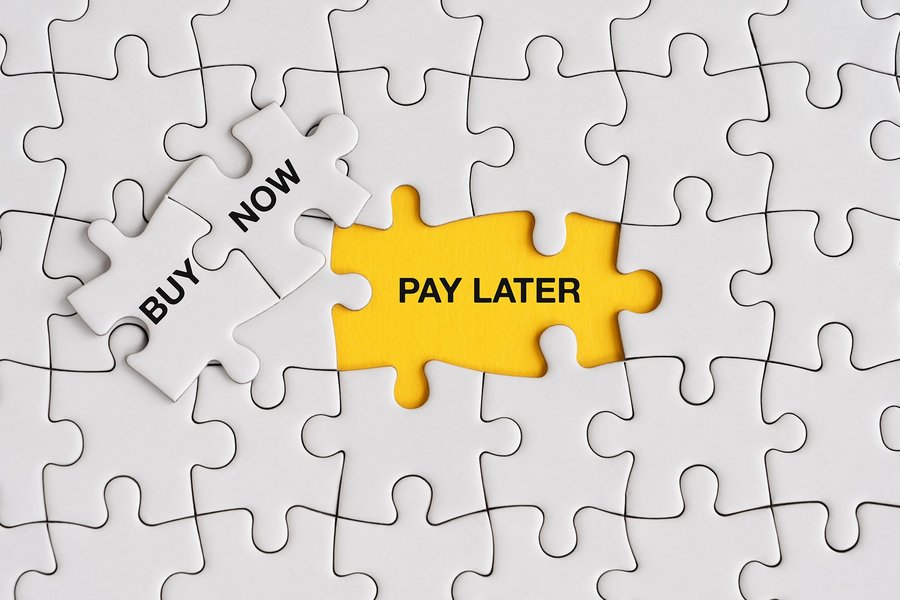Even before the emergence of COVID-19, the market for electronic payments, digital payments, and in-app purchases was booming. According to Accenture, 75% of bank executives believe the pandemic has increased the urgency of their plans to modernize payment systems to account for the rapid shift to digital payments.1 COVID-19 has caused consumers to prioritize convenience above all else. With technological advances in tokenization and biometrics, and the rise of e-payments and digital wallets, payment providers must make payments innovation a business priority to ensure continued success. Similarly, a report on domestic payment schemes found that in order to respond effectively to changing market requirements, 60% of domestic schemes have an ongoing innovation budget. Technology is seen as the most important priority of domestic payment schemes, which are crucial for economic development and public confidence in money.2

Why not all payment schemes are created equal
Amid rapid growth in the digital payments market, private label and national schemes continue to carve out a significant niche. Working with the right partner is key for delivering a successful offering.
Independent payment schemes are booming

The private label payment industry is a subset of the wider market that is set to benefit from these changes. Private label schemes are typically owned and branded by a business such as banks, fuel companies, or retailers. In the US, the purchase value of private label cards rose at an average annual rate of 3% from 2016 to 2018, when it reached $210 billion, according to data from market research firm Packaged Facts.3 They hold particular appeal for retailers because the cards have the power to boost their brand with increased customer loyalty and sales. Other advantages include lower costs and having the ability to make your own decisions regarding things such as fees or processing times.
National payment schemes have different objectives, largely focused on the economic and development needs of the country. National schemes encourage domestic innovation by making efficient payment infrastructure available to the private sector, and help to foster financial competition and inclusion by ensuring the economic advantages also reach small businesses. In turn, this also helps governments to gain autonomy and implement their own payments strategy.4
Organizations keen to explore the possibility of a private label or national scheme have two choices: create an offering in-house or partner with a white label provider. For those tempted by the former, there are some significant obstacles that need to be overcome in order to create a bespoke and differentiated scheme. Although operational savings can be realized over time, the set-up costs and time commitment can be prohibitive. The same applies if you do not have the requisite expertise in-house and have to recruit talent in what is a very competitive sector. Another important consideration is whether you have existing relationships or arrangements with other payment scheme providers.
“When assessing who to work with, a customer should expect to benefit from more than just the expertise and technological capabilities of a third-party provider“
How to choose a white label provider
In contrast, working with a white label provider can mitigate many of these risks. White label solutions are built by third parties, meaning the payment scheme’s basic technology and components are ready to use by the client, who can configure the solution to their specific needs. This can help to bring a scheme to market more quickly, as the expertise and resources of the third-party provider enable rapid deployment. Next-generation technologies can also be accessed as soon as they are available, which helps to future-proof the scheme.
Not all white label schemes are created equal, however. The market consists of a range of players, from global giants to niche operators serving specific needs. When assessing who to work with, a customer should expect to benefit from more than just the expertise and technological capabilities of a third-party provider. For example, the scheme should have endorsement from and the support of industry bodies, standards creators, and other market influencers to ensure it not only adheres to necessary regulations and security protocols, but also continuously innovates and offers new interoperable solutions. Processes that ensure acceptance and the transfer of funds should also be in place and be independently guaranteed. Such standards are key when evaluating the suitability of a white label partner and the solution it is offering.
With the growth of electronic and digital payments, organizations have a range of exciting opportunities open to them as they look to offer customers more choice, convenience, and flexibility. Launching a private label or national scheme is one option, and organizations should think carefully about working with a partner that has the technology, skills, and relationships to deliver a successful solution.
Published: 26/01/2021
Share this article
Subscribe to our newsletter
Don’t miss out on the latest articles in G+D SPOTLIGHT: by subscribing to our newsletter, you’ll be kept up to date on latest trends, ideas, and technical innovations – straight to your inbox every month.



